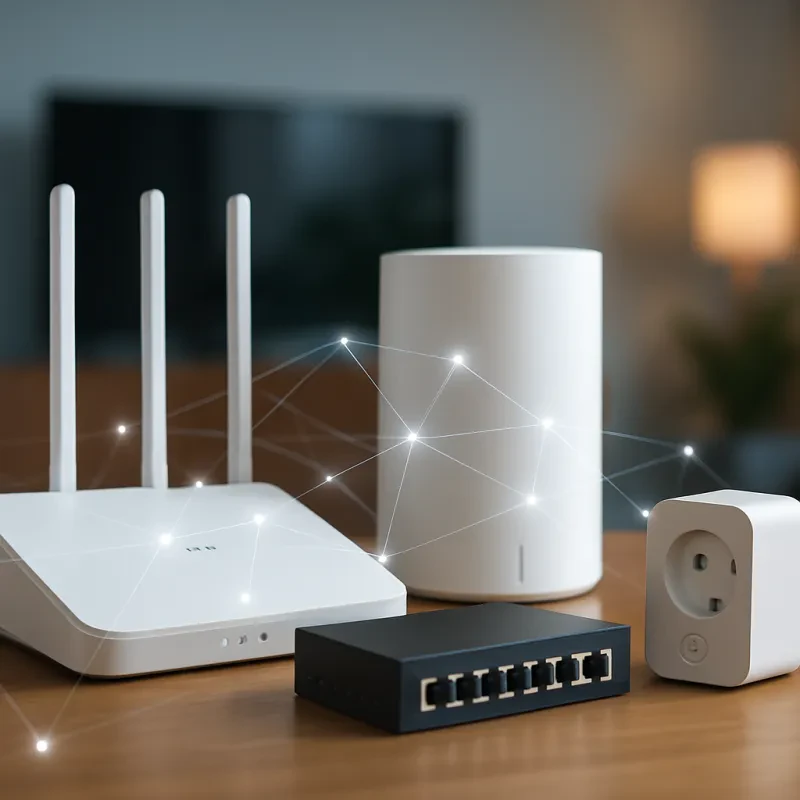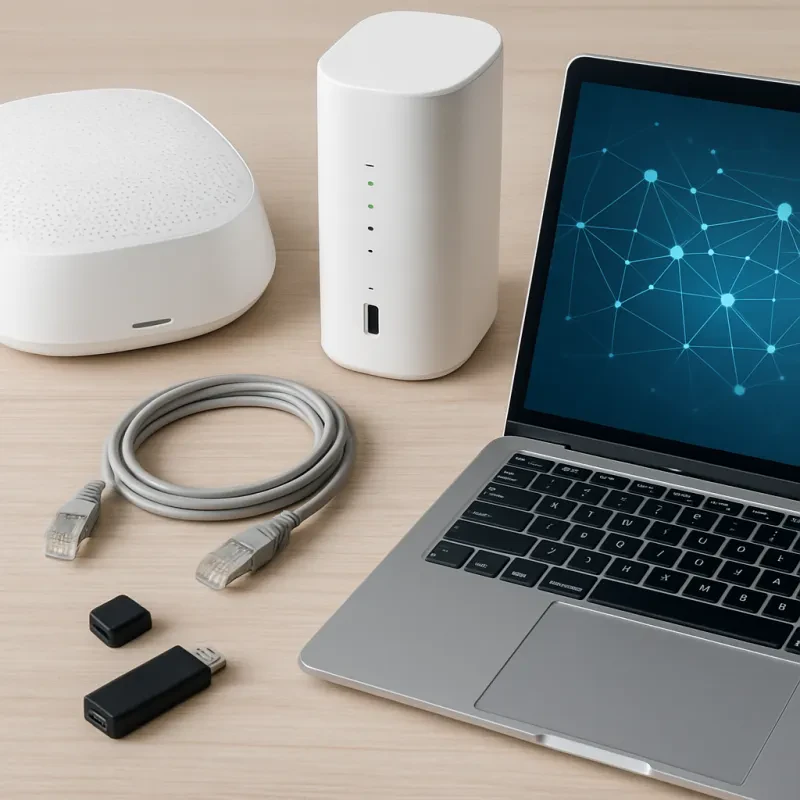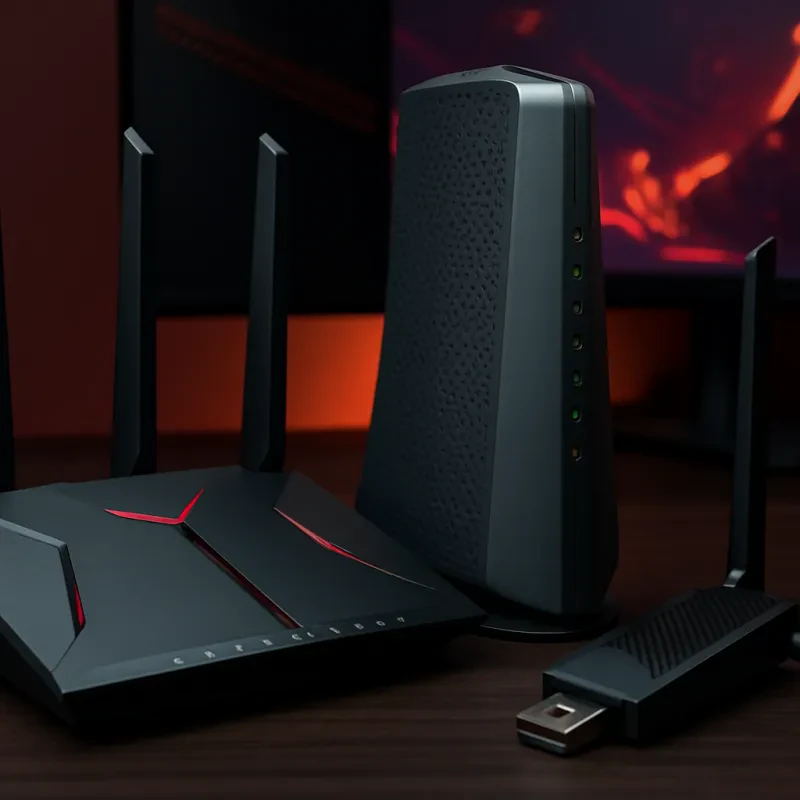IP addresses are a fundamental part of the internet, serving as unique identifiers for devices connected to a network. They allow devices to communicate with one another and access online resources. An IP address is a series of numbers separated by periods, such as 192.168.1.1.
There are two main types of IP addresses: IPv4 and IPv6. IPv4 is the older and more widely used type, with addresses consisting of 32 bits and being expressed in dotted-decimal format. However, due to the rapid growth of internet-connected devices, IPv4 addresses are running out. This has led to the development of IPv6, which uses 128 bits and allows for a significantly larger number of unique addresses.
IPv4 addresses are divided into different classes, ranging from Class A to Class E. Each class has a designated range of IP addresses that it can use and is typically reserved for specific purposes. Subnetting is a technique used to divide a single network into smaller subnetworks, allowing for better organization and more efficient use of IP addresses. By understanding these basics of IP addresses and subnetting, you can gain better control over your network and ensure its smooth operation.
Subnetting Made Easy: Step-by-Step Guide
Subnetting can be a daunting concept for many, but with the right approach, it can become much clearer and more manageable. In this step-by-step guide, we will break down subnetting into easy-to-understand steps to help you master IP addresses and subnetting.
Step 1: Understand IP Addresses
Before diving into subnetting, it's crucial to have a solid understanding of IP addresses. An IP address is a unique identifier assigned to each device on a network. It consists of two parts: the network portion and the host portion.
Step 2: Determine the Subnet Mask
The subnet mask is used to divide an IP address into the network and host portions. It consists of a series of binary bits that determine how many bits are used for the network and host portions. By knowing the subnet mask, you can identify the network and host portions of an IP address.
Step 3: Calculate Subnet IDs and Host Ranges
Once you have the IP address and subnet mask, you can calculate the subnet IDs and host ranges. This involves performing bitwise operations to determine the various subnets within a network and the range of host addresses available in each subnet.
Network Planning: Assigning IP Addresses Effectively
One of the key components of network planning is effectively assigning IP addresses. IP addresses are essential for computers and devices to communicate with each other on a network. To ensure efficient communication and organization within a network, IP addresses must be assigned strategically.
When assigning IP addresses, it is important to consider subnetting. Subnetting allows you to divide a larger network into smaller, more manageable subnets. This not only helps with organizing devices on a network, but also improves security by isolating different parts of the network.
To assign IP addresses effectively, it is recommended to create a plan or schema for addressing devices on the network. This can involve dividing IP address ranges for different departments or areas within an organization. By having a structured plan in place, it becomes easier to troubleshoot and manage IP addresses when necessary.
Lastly, it is crucial to document and keep track of IP address assignments. This helps prevent address conflicts and ensures that IP addresses are used efficiently. By maintaining accurate records of IP address assignments, network administrators can easily identify available addresses and troubleshoot any network issues that may arise.
Troubleshooting Network Issues: IP Address Solutions
When it comes to troubleshooting network issues, one of the most common problems that can arise is related to IP addresses. An incorrect or misconfigured IP address can cause all sorts of connectivity issues, making it crucial to understand how to properly manage and troubleshoot IP addresses.
If you're experiencing network connectivity problems, the first step is to check that your device is being assigned the correct IP address. This can typically be done by checking your network settings or using the command prompt to run an ipconfig or ifcong command. If you notice that your IP address is incorrect or conflicts with another device on the network, it may be necessary to release and renew your IP address to resolve the issue.
Another common issue with IP addresses is subnetting errors. Subnetting is the process of dividing a larger network into smaller subnetworks, and if not done correctly, can result in devices being unable to communicate with each other. If you suspect subnetting issues, double-check your subnet mask and ensure that it aligns with the network's subnetting scheme.


